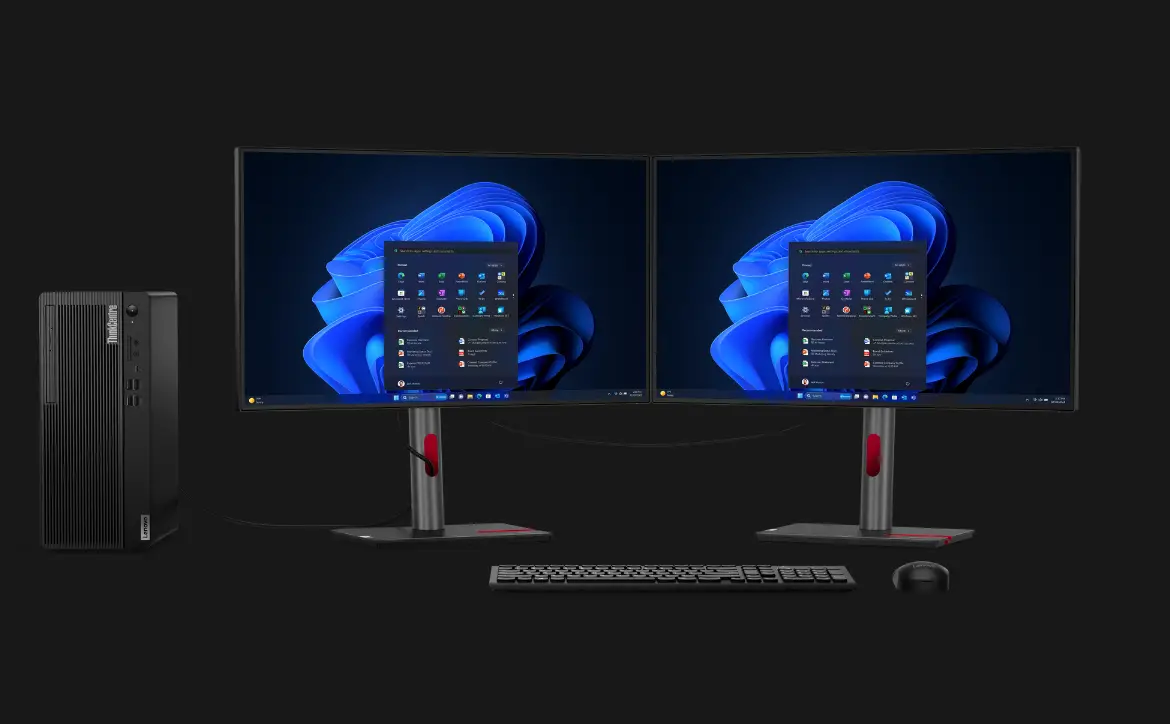Since its inception, the internal combustion engine (ICE) has shaped modern transportation. Everything from cars to airplanes to boats relies on these machines and has for quite some time. Still, some signs make it look like it may be on its way out.
Estimated reading time: 5 minutes
Electric vehicles (EVs) have become increasingly popular as people have grown more concerned about the environment. Automakers plan to debut nearly 100 battery electric vehicles by 2024, with some phasing out fossil fuel-powered alternatives. While the EV market is booming, the ICE isn’t done just yet.
Several recent advances make ICE cars more efficient than ever, paving the way for a cleaner future. Here’s a look at five of them.
Emissions-Free ICE Designs
Harmful emissions are the most significant thing holding ICE cars back. In the U.S., 29% of all greenhouse gas emissions come from transportation. Electric cars are one possible solution, but what if you still drive a gas-powered car without emitting any CO2? Recent breakthroughs show it may be possible.
Researchers have developed ceramic membranes that capture harmful gases within an engine before they exit into the atmosphere. They separate oxygen from the air to produce pure combustion that produces just water and CO2. The motor then captures that CO2 and liquifies it for internal storage.
Drivers could give this captured, pure CO2 to service stations for either industrial use or safe disposal. The result is fossil fuel-powered vehicles that produce no harmful emissions, just like an EV.
Smart Cylinder Deactivation
It may be a while before emissions-free ICE vehicles hit the roads, but other innovations can reduce their output in the meantime. One such new technology is smart cylinder deactivation. Engines with this capability can deactivate cylinders to match current conditions, saving fuel.
Cars don’t always need the power of all their cylinders firing simultaneously, so they often waste energy, producing excessive emissions. However, if they could change how many cylinders they use in real-time, they would become considerably more efficient. Smart cylinder deactivation analyzes multiple factors within an engine to do just that.
These systems can reduce nitrogen oxide emissions by 33% in a light-duty diesel engine. Heavy-duty vehicles can benefit more, reducing up to 50% of nitrogen oxide emissions. As smart cylinder deactivation systems improve, they could produce even more savings.
Transient Plasma Ignition
Gasoline-powered ICE cars rely on spark plugs to ignite their fuel and produce power. As widespread and lasting as these parts are, they’re inefficient. Spark plugs create a lot of heat, and their engines only use a fraction of that energy.
Transient plasma ignition (TPI), a recent breakthrough that could replace conventional spark plugs, is far more efficient. These systems generate a low-temperature plasma delivering millijoules of energy in nanoseconds, igniting the fuel faster and at a much lower temperature. As a result, TPI can boost fuel economy by 15% and improve engines’ power delivery.
TPI can also replace current spark plugs without significant modifications to the rest of the engine. That way, automakers can implement them with minimal disruption, helping the transportation industry reduce its emissions faster. It also lets TPI’s benefits combine with those from other systems like hybridization and turbocharging.

Predictive Maintenance
ICE vehicles, like any machine, require regular maintenance to ensure they remain efficient and safe. This upkeep can get expensive, especially when drivers frequently take their cars to the garage to avoid breakdowns. Predictive maintenance, which analyzes various factors to alert drivers when they need repairs, solves both issues.
Seemingly small readings can reveal a lot about a vehicle’s maintenance needs. For example, a fluid sample can show if an engine needs fluids replaced, if there’s any contamination or if there are bigger underlying issues. Predictive maintenance systems analyze factors like this to suggest the best time for upkeep.
These alerts help car owners keep their vehicles in prime condition, avoiding costly and dangerous breakdowns. They also take the guesswork out of maintenance and prevent unnecessary mechanic visits. While this is mostly the domain of corporate fleets right now, it could soon come to consumer cars, too.
Waste Energy Recovery
While ICE cars have become more efficient over time, they still produce a lot of heat and vibrations. Only about 10%-16% of their fuel energy actually drives the vehicle, with most of it turning into heat or mechanical energy. Some researchers have suggested using this otherwise wasted power elsewhere in the car.
Piezoelectric generators can harvest electricity from vibrations. Placing these generators in an ICE can turn the engine’s vibrations, which are normally wasted mechanical energy, into a way to power the car’s electronics. While it won’t be a substantial amount of energy, it’ll be enough to run things like the radio.
These seemingly small energy savings could add up to considerable benefits over time. Cars would become far more efficient, and as this technology improves, it could even power hybrid batteries.
ICE Cars Aren’t Slowing Down
While electric cars may be gaining in popularity, they have yet to surpass the ICE. Advances like these are removing many of the combustion engine’s greatest shortcomings, extending its already impressive life.
Fossil fuel-powered cars need to change to stay relevant and protect the environment. These innovations paint a promising picture of the future, one where ICE vehicles are far greener.
What do you think? Please share your thoughts on any of the social media pages listed below. You can also comment on our MeWe page by joining the MeWe social network.










